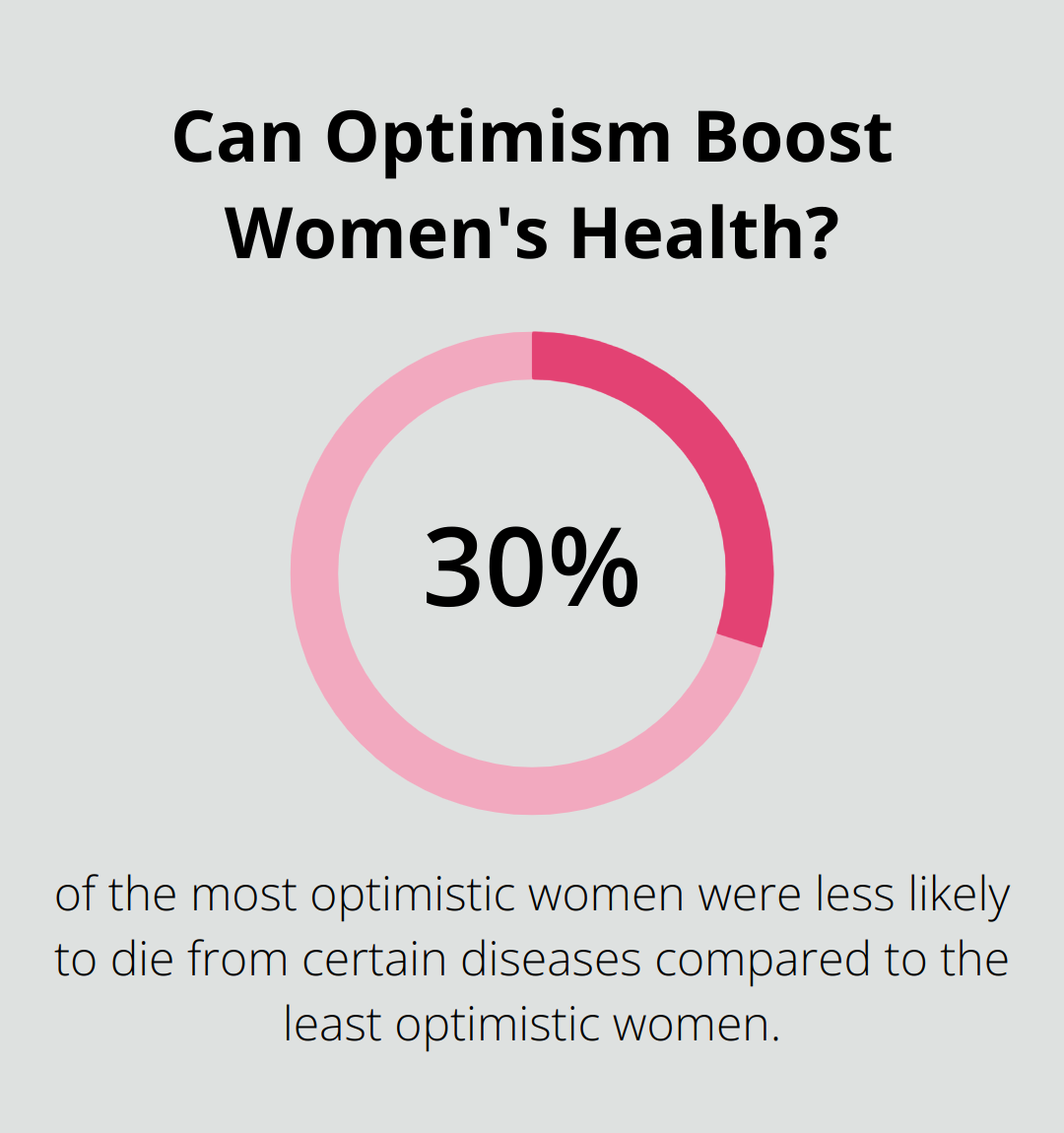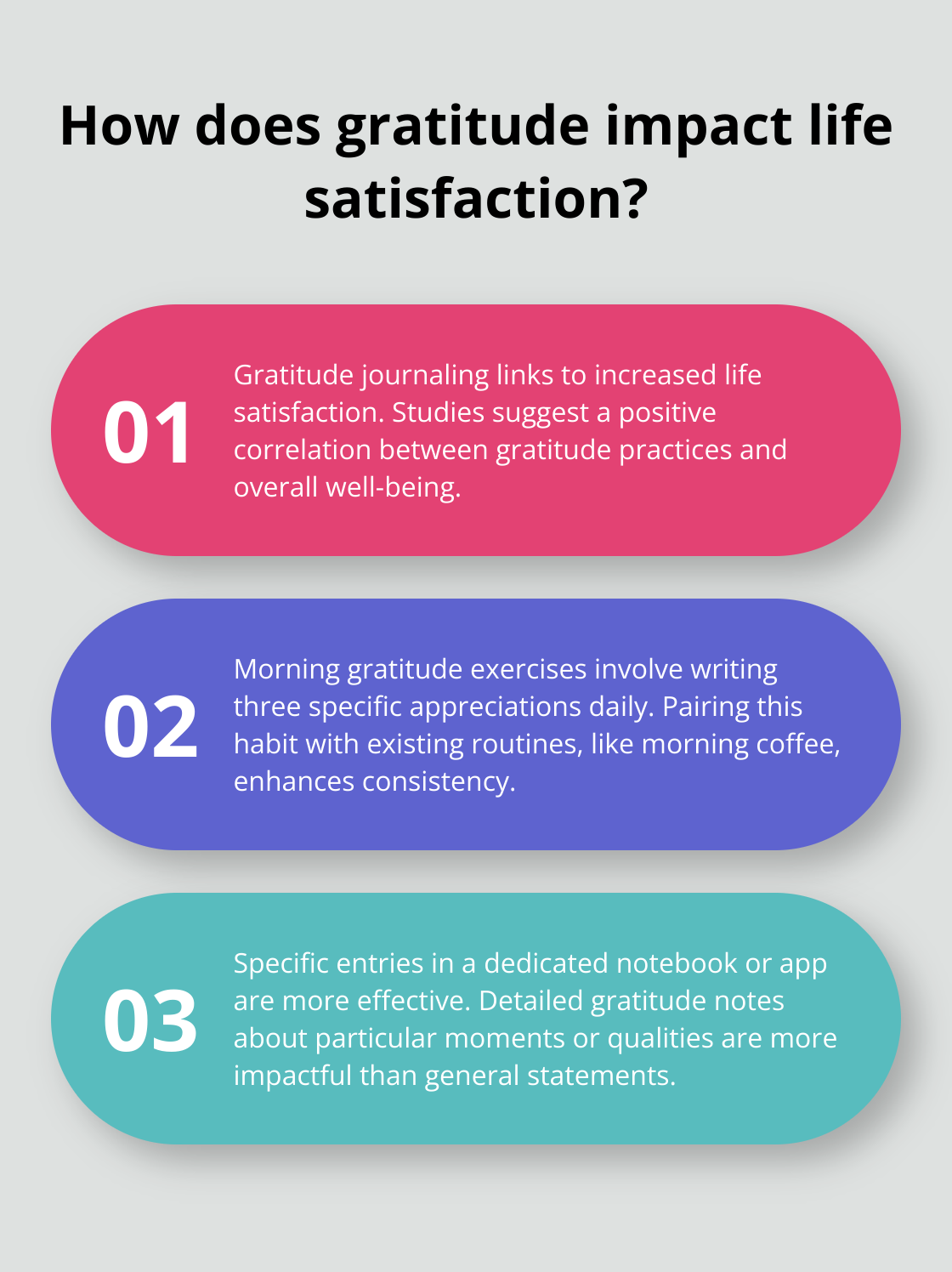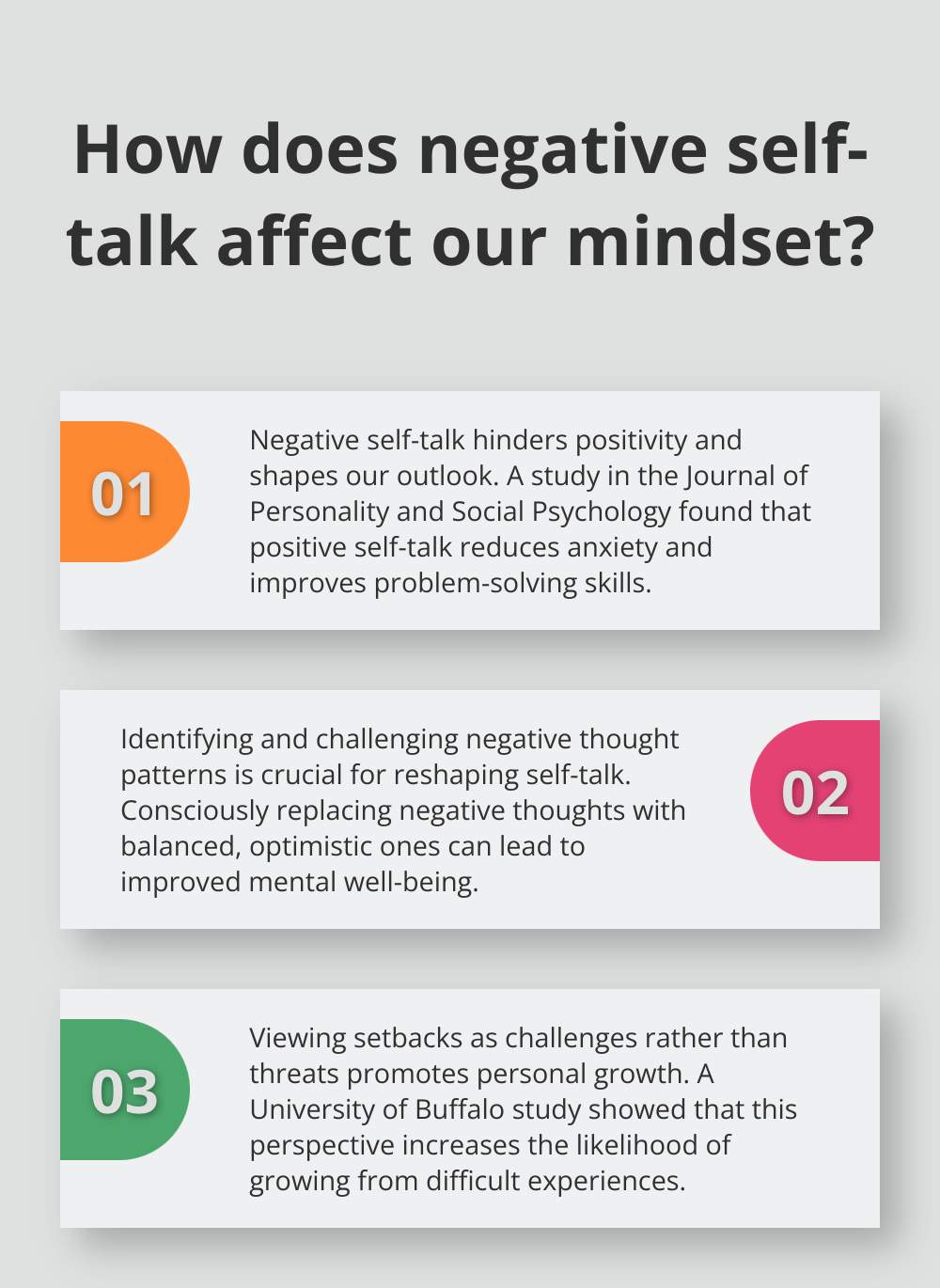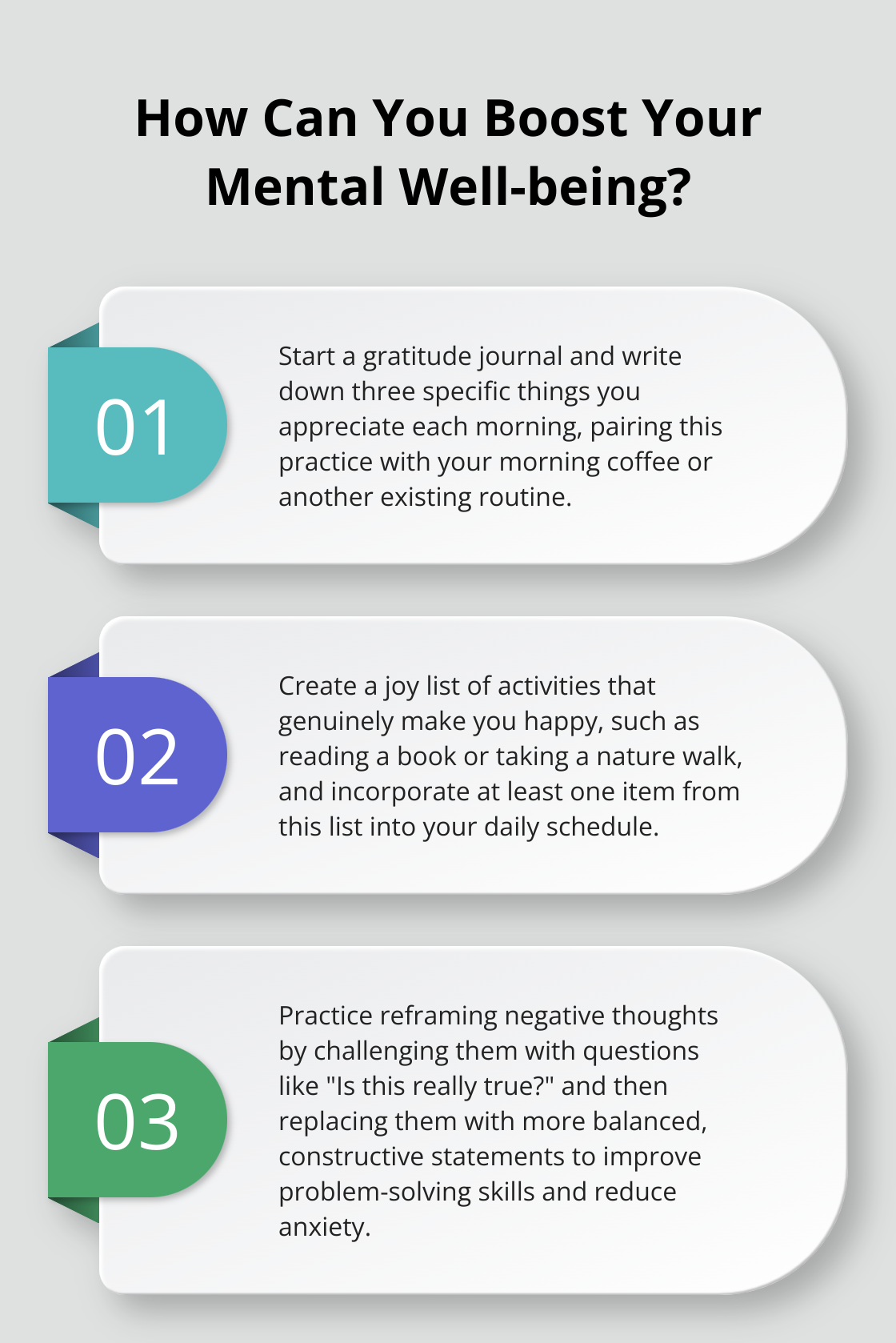At Global Positive News Network, we believe in the transformative power of positivity. In a world that often feels overwhelming, maintaining a bright outlook can be challenging.
This blog post offers practical tips on how to stay positive, even during tough times. We’ll explore science-backed strategies, real-life examples, and actionable steps to help you cultivate a more optimistic mindset.
The Science of Optimism
The Power of Positive Thinking
Positive thinking isn’t just a feel-good concept; solid scientific research supports it. Studies show that optimism significantly impacts both mental and physical health. A study found that the most optimistic women were nearly 30% less likely to die from the diseases tracked in the study than the least optimistic women.
The Brain on Positivity
When we think positively, our brains release neurotransmitters like dopamine and serotonin. These chemicals not only make us feel good but also enhance our cognitive functions. Dr. Barbara Fredrickson, a leading researcher in positive psychology, suggests that the capacity to experience positive emotions may be a fundamental human strength central to the study of human flourishing.
Physical Health Benefits
Optimism doesn’t just affect our mood; it has tangible effects on our physical health. Research from Johns Hopkins Medicine reveals that individuals with a positive outlook are one-third less likely to have a heart attack or other cardiovascular event compared to those with a negative outlook (even when a family history of heart disease is present).
Real-Life Success Stories
Nick Vujicic, born without limbs, now inspires millions as a world-renowned motivational speaker. His positive mindset helped him overcome immense challenges. J.K. Rowling turned her struggles with depression into the globally beloved Harry Potter series, demonstrating how positive thinking can fuel creativity and success.
Incorporating Positivity into Daily Life
You don’t need grand gestures to incorporate positive thinking into your daily life. Try these small steps:
- Practice gratitude (write down three things you’re thankful for each day)
- Reframe negative situations (look for the silver lining)
- Surround yourself with uplifting content (read inspiring news or listen to motivational podcasts)

Over time, these habits can rewire your brain for positivity, leading to improved mental and physical well-being. As we move forward, let’s explore practical strategies to cultivate and maintain this positive mindset in our everyday lives.
Cultivating Daily Positivity
Gratitude Journaling
Start your day with a gratitude practice. Take five minutes each morning to write down three specific things you appreciate. Many studies suggest a link between gratitude and life satisfaction, including experimental tests of gratitude interventions.

To establish this habit, pair it with an existing routine, like your morning coffee. Use a dedicated notebook or a gratitude app on your phone. Be specific in your entries – instead of just writing “family,” note a particular moment or quality you appreciate about a family member.
Positive Social Circles
The people we surround ourselves with significantly impact our mindset. A study from the University of California, San Diego, showed that happiness spreads through social networks.
Evaluate your social circle. Who leaves you feeling energized and positive? Who tends to bring you down? Make a conscious effort to spend more time with those who uplift you. This doesn’t mean cutting people out entirely, but rather being mindful of the energy you’re exposed to.
Consider joining a local volunteer group or a club focused on a hobby you enjoy. These environments naturally attract positive, like-minded individuals. If you’re looking for uplifting content and a supportive community, Global Positive News Network offers both through its platform and social media channels.
Reframing Techniques
Negative thoughts are inevitable, but how we process them is within our control. Cognitive restructuring is a powerful tool to shift your perspective. When faced with a challenging situation, ask yourself:
- What can I learn from this?
- How might this benefit me in the long run?
- What’s one small step I can take to improve the situation?
For example, if you miss a deadline at work, instead of thinking “I’m a failure,” reframe it to “This is an opportunity to improve my time management skills.”
Practice this reframing technique daily. Over time, it will become more natural and automatic, leading to a more positive outlook overall.
Joy-Inducing Activities
Engaging in activities that bring you joy is essential for maintaining positivity. A study published in the Journal of Positive Psychology found that people who regularly engaged in small, enjoyable activities reported higher levels of overall happiness.
Create a joy list – write down activities that genuinely make you happy. This could include reading a book, taking a nature walk, cooking a favorite meal, or calling a friend. Try to incorporate at least one item from your joy list into each day.
What brings joy is personal (don’t compare your list to others). The key is to identify what truly resonates with you and make time for it regularly.
As you implement these strategies consistently, you’ll find yourself naturally drawn to more uplifting content and connections. However, maintaining positivity isn’t always easy. In the next section, we’ll explore how to overcome common obstacles that can hinder your journey towards a more optimistic mindset.
Navigating Life’s Challenges with Optimism
Recognizing and Reshaping Negative Self-Talk
Our internal dialogue shapes our outlook. Negative self-talk can hinder positivity. To combat this, become aware of your thought patterns. Pay attention to phrases like “I can’t,” “I’m not good enough,” or “This always happens to me.” Once you identify these patterns, challenge them.

For example, if you catch yourself thinking, “I’ll never be able to do this,” pause and ask yourself, “Is this really true? What evidence do I have to support or refute this thought?” Then, reframe it into something more balanced and constructive, such as “This is challenging, but I can learn and improve with practice.”
A study published in the Journal of Personality and Social Psychology found that individuals who practiced positive self-talk experienced lower levels of anxiety and improved problem-solving skills. Make it a habit to consciously replace negative thoughts with more balanced, optimistic ones.
Turning Setbacks into Stepping Stones
Setbacks and disappointments are inevitable parts of life, but they don’t have to derail your positivity. When faced with a setback, try this approach:
- Acknowledge your feelings without judgment. It’s okay to feel disappointed or frustrated.
- Identify what you can learn from the experience. Every setback carries a lesson.
- Focus on what you can control and take action on those aspects.
- Set new goals or adjust existing ones based on what you’ve learned.
Resilience isn’t about avoiding failure; it’s about recovering from, resisting, or reconfiguring following stress or adversity. A study from the University of Buffalo showed that people who viewed stressful events as challenges (rather than threats) were more likely to grow from their experiences.
Stress Management Techniques for a Positive Mindset
Chronic stress can significantly impact our ability to maintain a positive outlook. Implementing effective stress management techniques is important. Here are some evidence-based strategies:
- Practice mindfulness meditation: A study published in the journal Psychiatry Research found that just eight weeks of mindfulness practice led to decreased anxiety and improved emotional regulation.
- Exercise regularly: Physical activity releases endorphins, which are natural mood boosters. Try to engage in at least 150 minutes of moderate-intensity exercise per week (as recommended by the World Health Organization).
- Prioritize sleep: Lack of sleep can exacerbate stress and negative thinking. Establish a consistent sleep schedule and try to get 7-9 hours of quality sleep each night.
- Try progressive muscle relaxation: This technique involves tensing and relaxing different muscle groups in your body, promoting physical and mental relaxation.
Incorporating these practices into your daily routine can significantly reduce stress levels and foster a more positive mindset.
The Power of Support Systems
No one should face life’s challenges alone. Building and maintaining a strong support system is essential for staying positive. Reach out to friends, family, or a mental health professional when you need help. A study published in the American Journal of Community Psychology found that individuals with strong social support networks reported higher levels of resilience and life satisfaction.
Consider joining support groups or community organizations that align with your interests or experiences. These can provide valuable connections and shared experiences. Engaging with positive news platforms (such as Global Positive News Network) can offer additional support and inspiration on your journey to positivity.
Seeking help is a sign of strength, not weakness. If you struggle to maintain a positive outlook, don’t hesitate to reach out to a mental health professional for guidance and support.
Final Thoughts
Cultivating a positive mindset requires consistent effort and practice. We explored various tips on how to stay positive, from understanding the science of optimism to implementing practical techniques like gratitude journaling and reframing negative thoughts. These tools can significantly impact your overall well-being, enhancing physical health, improving relationships, boosting resilience, and increasing life satisfaction.

At Global Positive News Network, we understand the importance of uplifting content and supportive communities. Our platform shares inspiring stories, personal triumphs, and acts of kindness that remind us of the good in the world. We invite you to explore our curated positive news and join our community of optimists.
Staying positive doesn’t mean ignoring life’s challenges; it means approaching them with resilience and optimism. You take important steps towards a more positive, fulfilling life when you incorporate these strategies into your daily routine (and seek support when needed). Embrace the journey, celebrate small victories, and continue to nurture that positive mindset.




